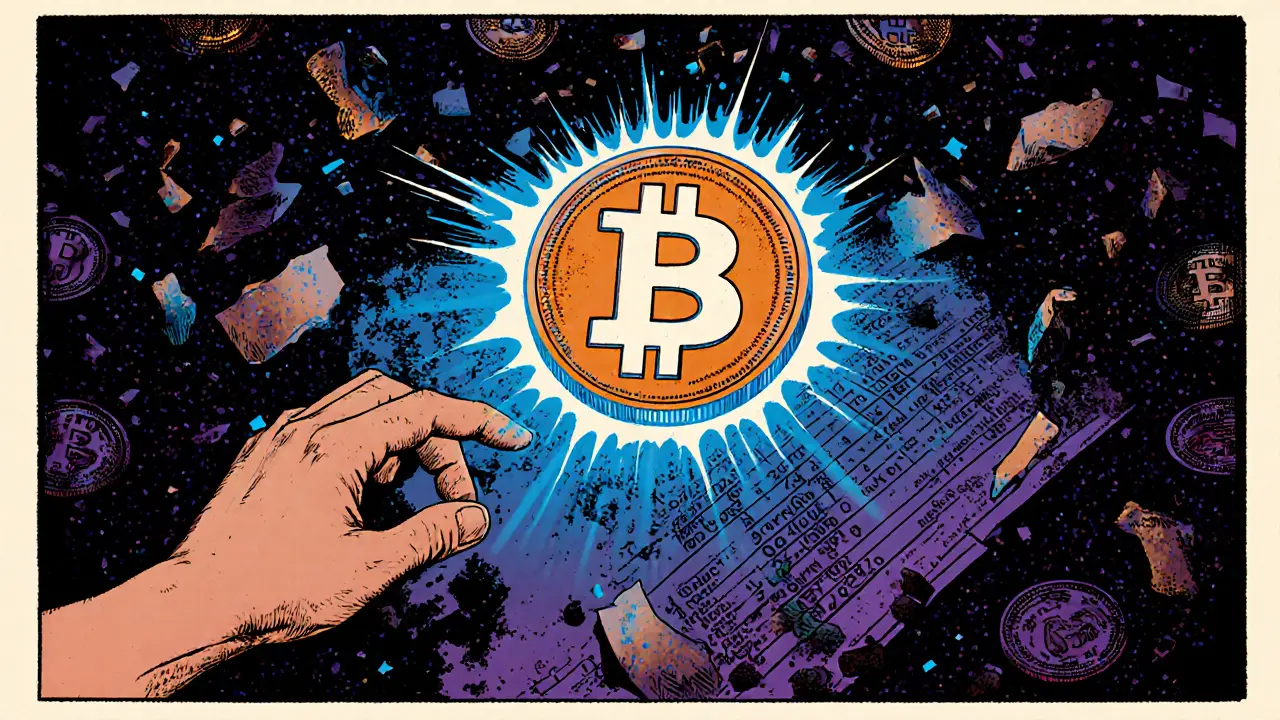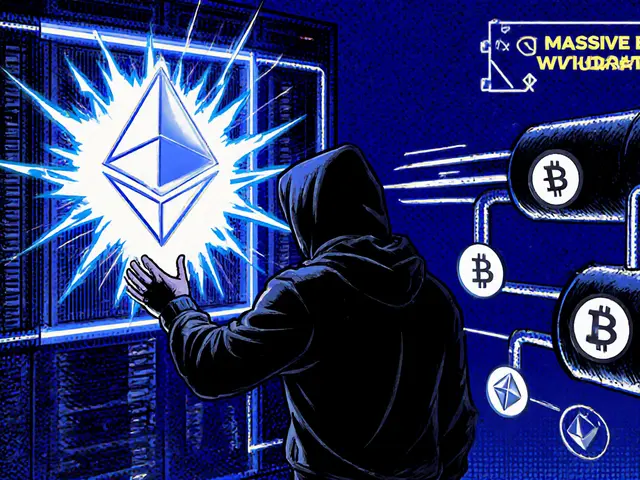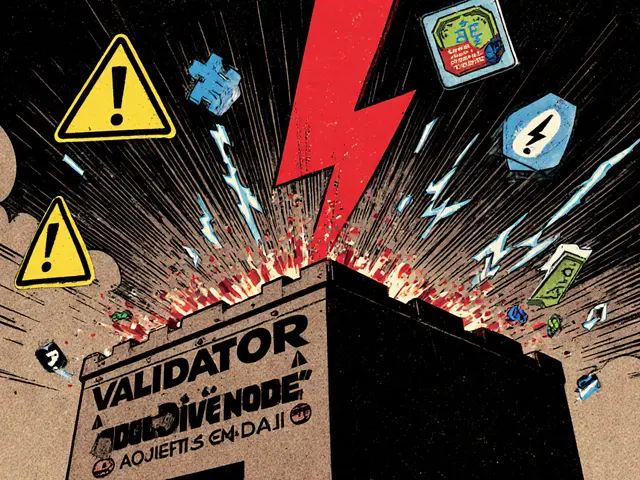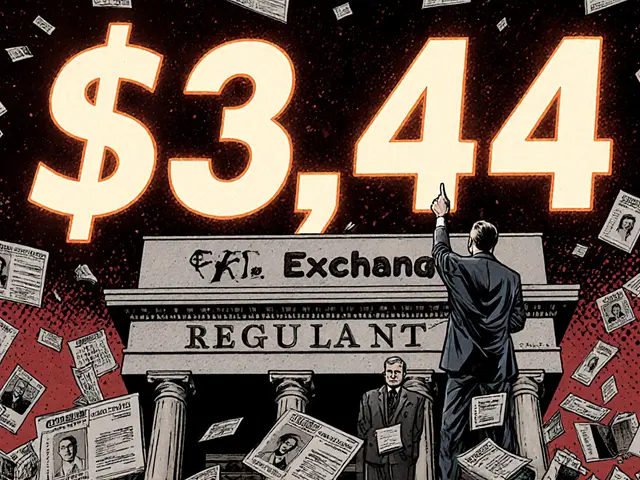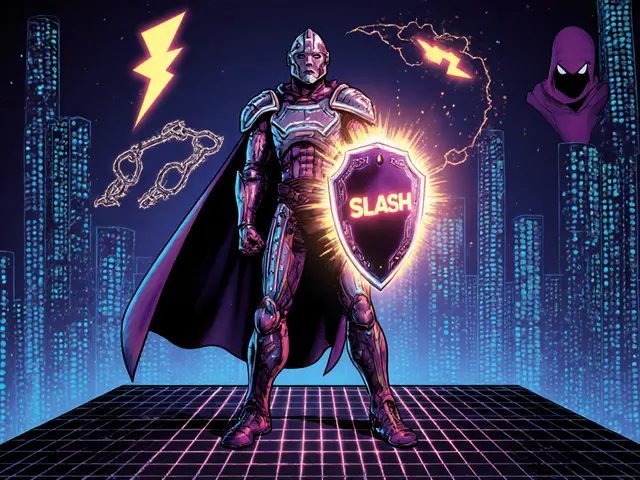ERC-721 vs ERC-20: What’s the Difference and Why It Matters
When you buy an NFT or trade a token like USDC, you’re interacting with two very different blockchain standards: ERC-20, a token standard for fungible assets on Ethereum, where each unit is identical and interchangeable and ERC-721, a standard for non-fungible tokens, where each token is unique and represents ownership of a distinct item. These aren’t just technical specs—they shape how you own, trade, and use digital assets. If you think all crypto tokens are the same, you’re missing a core part of how blockchain works.
Think of ERC-20, a token standard for fungible assets on Ethereum, where each unit is identical and interchangeable like cash. One USDT is exactly the same as another—swappable, divisible, and meant for transactions. That’s why most coins, stablecoins, and DeFi tokens use ERC-20. On the flip side, ERC-721, a standard for non-fungible tokens, where each token is unique and represents ownership of a distinct item is like a signed baseball card. No two are alike. That’s why it’s the backbone of digital art, collectibles, virtual land, and game items. You can’t split an ERC-721 token like you can an ERC-20 token. And you can’t swap one CryptoKitty for another and expect the same value.
These standards also affect how wallets and exchanges handle them. If you send an ERC-721 token to a wallet that doesn’t support NFTs, it might disappear from view—even though it’s still on the blockchain. ERC-20 tokens? Most wallets handle them out of the box. That’s why understanding the difference isn’t just academic—it’s a safety issue. Mistaking one for the other can cost you real money.
And it’s not just about art or trading. ERC-721 is used for real-world things like property deeds on blockchain, event tickets, and even academic credentials. ERC-20 powers everything from lending platforms to automated investment bots. The choice between them determines whether your asset is mass-market currency or one-of-a-kind ownership. The posts below dig into real examples—from NFT airdrops tied to ERC-721 to stablecoins built on ERC-20—and show you how these standards show up in the wild. You’ll see what works, what fails, and how to avoid common mistakes when dealing with either.

